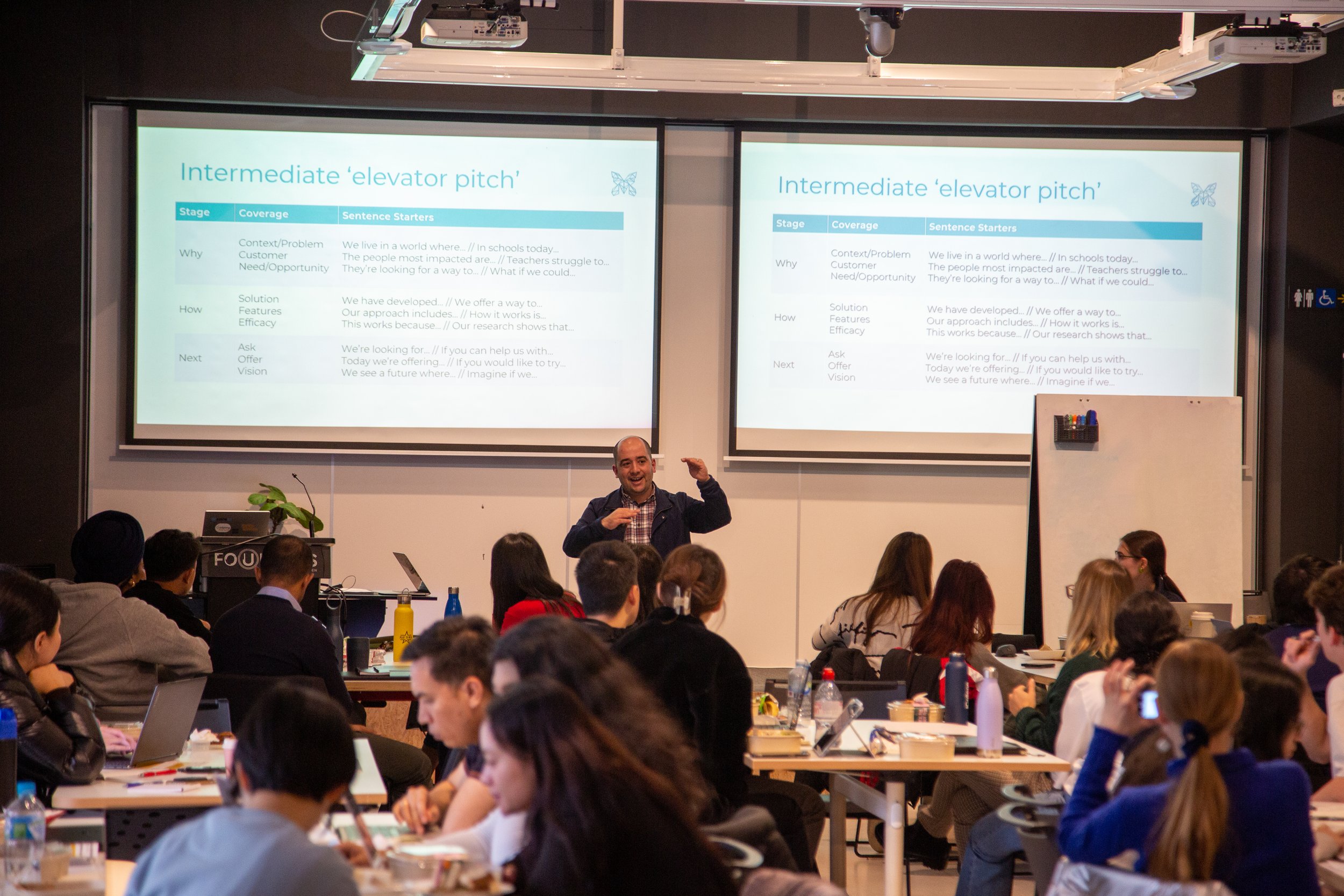SDG Challenge 2023!
A thrilling one-day event that brings together UNSW students, Taronga Zoo Hatch Program and the Poverty & Inequality Partnership to solve real-world sustainability challenges.
In this exciting challenge, you will have the opportunity to use your skills, creativity and knowledge of the UN Sustainable Development Goals to solve two real problems that affect our local community. From brainstorming to implementation, you will work alongside fellow students and experts in the field to turn challenges into solutions in just one day.
But that's not all - the best part of the SDG Challenge 2023 is the chance to win great prizes! Each challenge has a $2000 first prize and a $1000 second prize, with an additional $500 people's choice prize voted by the audience.
Don't miss out on this incredible opportunity to make a real impact and win big.
We know we must radically transform how we live on this planet to prosper peacefully. Day to day, it’s a prospect that can seem remote. Only the actions of a motivated many can ensure we turn ambitions for sustainability - captured in the UN’s 17 Sustainable Development Goals - into a practical reality.
That’s your mission through the two challenges below.
Taronga Zoo Challenge
How might we develop effective measures to minimise and prevent the negative impacts of industrial fishing on marine ecosystems, including reducing wildlife mortality caused by fishing gear debris and addressing the challenge of bycatch?
-
Discover the UN’s 17 Sustainable Development Goals.
The 2030 Agenda for Sustainable Development, adopted by all United Nations Member States in 2015, provides a shared blueprint for peace and prosperity for people and the planet, now and into the future. At its heart are the 17 Sustainable Development Goals (SDGs), which are an urgent call for action by all countries - developed and developing - in a global partnership. They recognise that ending poverty and other deprivations must go hand-in-hand with strategies that improve health and education, reduce inequality, and spur economic growth – all while tackling climate change and working to preserve our oceans and forests.
You can select one or several goals as a framework to solve a problem for our partners.
-
-
-
Australia is a signatory to the United Nations’ Sustainable Development Goals. The first of these goals is “No poverty”. However, Australia has the 15th highest poverty rate out of the 34 wealthiest countries in the OECD – higher than the average for the OECD; higher than the UK, Germany and New Zealand. People living in poverty in Australia often miss out on essentials such as food or a roof over their heads. Children living in poverty often miss out on items such as school excursions.
The Poverty and Inequality Partnership’s 2022 Poverty in Australia Snapshot found that there are 3.3 million people (13.4%) living below the poverty line of 50% of median income, including 761,000 children (16.6%). In dollar figures, the poverty line works out to $489 a week for a single adult and $1,027 a week for a couple with 2 children.
-
The solutions to poverty remain clear. The evidence supports the following policies to reduce poverty:
• Lift the lowest income support payments (including Youth Allowance and JobSeeker Payment) to at least pension levels to shield people of working age and their families from poverty when they cannot obtain enough paid work.
• Introduce and improve supplements to cover essential costs above and beyond basic income support, including the extra costs of sole parenthood and disability.
• Commit to full employment based on targets which guarantee there are enough jobs and paid working hours overall for people who need them.
• Invest in effective employment services to end the entrenched economic exclusion of people such as those unemployed long-term, First Nations communities, people with disability and older people; and to improve access to decent jobs and careers for people entering or returning to paid work including young people, parents and carers.
• Build more social housing and increase Rent Assistance to improve the supply of secure and affordable homes and help those on the lowest incomes with their largest living expense.
Event speakers and mentors





















